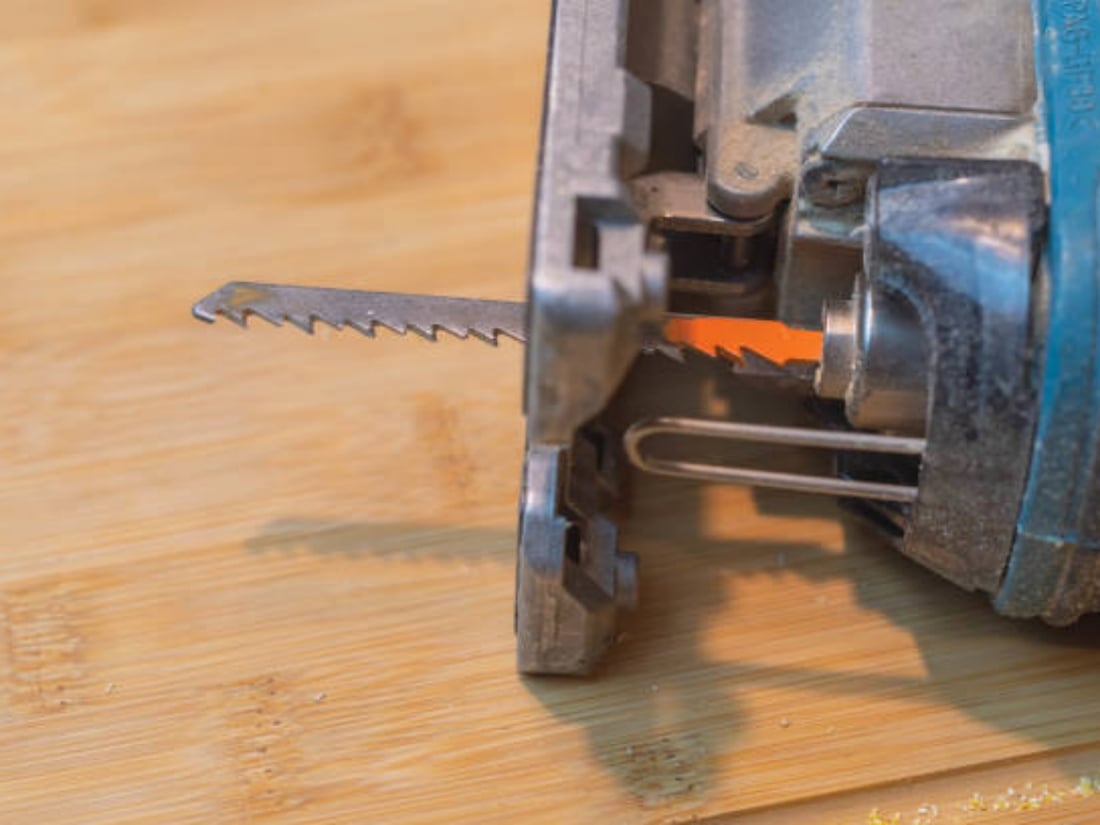Introduction
Jig saw wood blades are an essential tool for any woodworker or DIY enthusiast. These versatile blades are designed specifically for use with a jig saw, also known as a sabre saw or reciprocating saw. With a wide range of blade types available, it is important to understand the different aspects of jig saw wood blades to ensure you choose the right one for your project.
The Importance of Choosing the Right Blade
When it comes to cutting wood with a jig saw, using the right blade is crucial. The blade you choose will impact the accuracy, speed, and finish of your cuts. By selecting the appropriate blade, you can achieve clean, smooth cuts with minimal effort.
Types of Jig Saw Wood Blades
There are various types of jig saw wood blades available, each designed for specific cutting tasks. Let's take a closer look at some of the most common types:
1. High-Speed Steel (HSS) Blades
HSS blades are known for their durability and ability to cut through a wide range of materials, including wood, plastic, and metal. They are a popular choice for general-purpose cutting tasks.
2. Bi-Metal Blades
Bi-metal blades are constructed with two different types of metals - high-speed steel and high-carbon steel. These blades offer excellent cutting performance and durability, making them ideal for heavy-duty applications.
3. Tungsten Carbide Blades
Tungsten carbide blades are specifically designed for cutting through tough materials like hardwood, laminates, and particleboard. These blades have carbide-tipped teeth that provide exceptional cutting performance and longevity.
4. Reverse-Tooth Blades
Reverse-tooth blades feature teeth that point downward, which helps prevent splintering and chipping on the top surface of the wood. These blades are commonly used for cutting veneered plywood and other delicate materials.
5. Scroll Blades
Scroll blades have fine teeth and are primarily used for intricate and detailed cuts, such as curves and shapes. They are suitable for cutting thin wood and can create smooth, precise cuts.
Choosing the Right Blade for Your Project
When selecting a jig saw wood blade, consider the following factors:
1. Material
Different materials require different blade types. Determine the type of wood or other material you will be cutting to choose the most suitable blade.
2. Tooth Count
The tooth count refers to the number of teeth per inch (TPI) on the blade. Higher TPI blades provide smoother cuts, while lower TPI blades are better for faster, rougher cuts.
3. Teeth Configuration
Blades with different teeth configurations are suitable for different cutting techniques. Experiment with various tooth configurations to find the one that works best for your project.
4. Blade Thickness
Thicker blades are more durable and less prone to bending or breaking. However, thicker blades may produce wider cuts, so consider the thickness of the material you are cutting when choosing a blade.
Maintaining Your Jig Saw Wood Blades
Proper maintenance and care of your jig saw wood blades can extend their lifespan and ensure optimal performance. Here are some tips:
1. Clean the Blades
After each use, remove any sawdust or debris from the blades. You can use a brush or compressed air to clean them thoroughly.
2. Lubricate the Blades
Apply a small amount of lubricant or cutting oil to the blade before each use. This helps reduce friction and heat, resulting in smoother cuts and longer blade life.
3. Store Blades Properly
Avoid leaving your blades exposed to moisture or humidity, as this can lead to rusting. Store them in a dry, clean area, preferably in a blade case or holder.
Conclusion
Jig saw wood blades are essential tools for any woodworker or DIY enthusiast. By understanding the different types of blades available and choosing the right one for your project, you can achieve precise, clean cuts in various materials. Remember to properly maintain and care for your blades to ensure their longevity and optimal performance.


